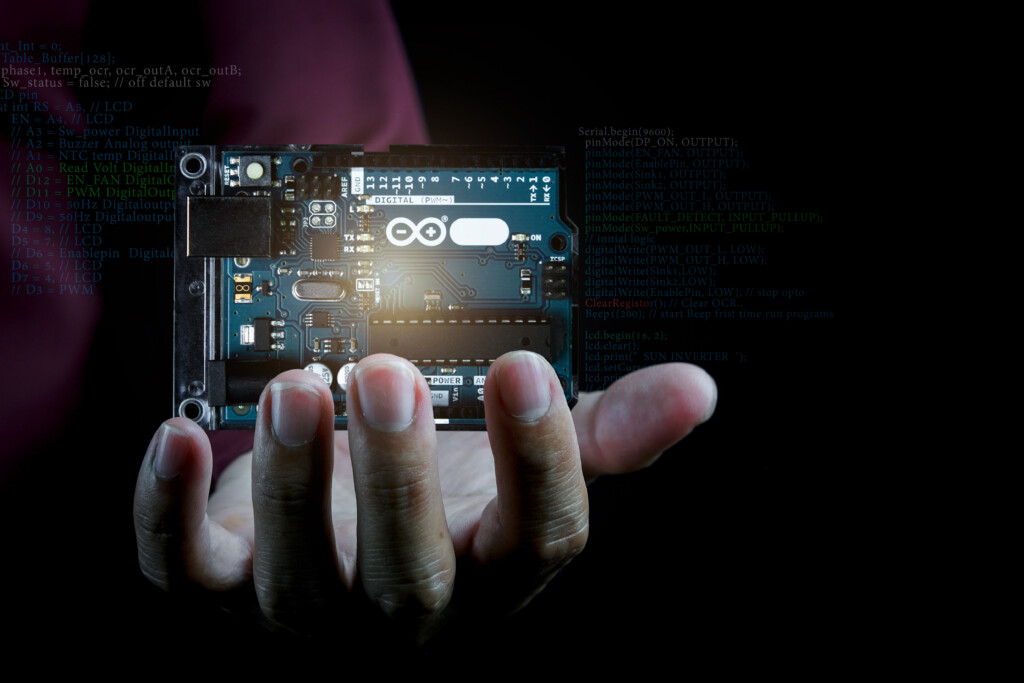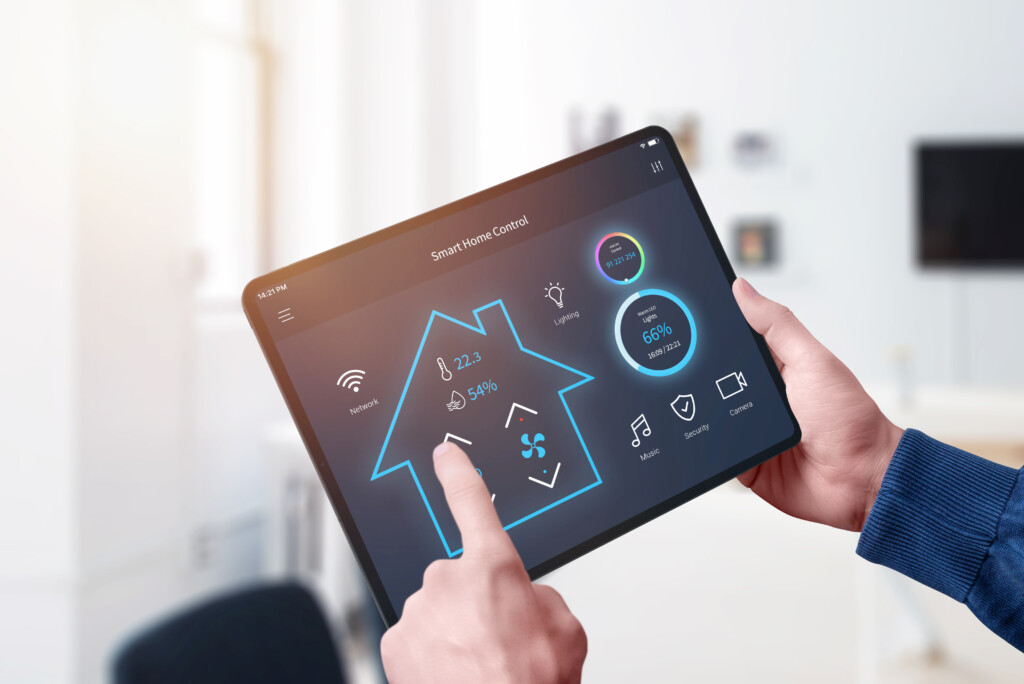The Case for Cellular Connectivity in Smart Homes

These days, consumer smart home devices can be found everywhere. From thermostats to doorbells with cameras to outlets that can be controlled from your smartphone, these modern conveniences have become all but ubiquitous. In fact, an estimated 69% of households have at least one smart device in the home.
These simple IoT devices, which typically operate off of your home’s wireless internet or a cellular connection, are designed to provide convenience and remote accessibility to monitor and control certain components of your home. Yet while the core functionality of a smart home device is all that most people will care about, there are several homegrown applications that can provide additional automation and security for your house.

Making Smart Home Devices Smarter
Though most commonly available smart home devices handle tasks that add convenience and utility to your home, being able to see your Amazon package arrive isn’t usually essential to one’s daily life. For some, however, smart devices play a more vital role in the security and upkeep of the homestead.
Water sensors, for example, can be a veritable lifesaver for people in easily flooded areas. A flooded basement can be more than just a headache for homeowners. It can cause lots of damage – especially if the water impacts critical home equipment such as sump pumps, electrical panels, or furnaces. A bad storm, high water levels in the soil, and a power outage can quickly lead to a disastrous and costly situation.
Though water sensors are readily available as a consumer product, they generally only provide a local audio alert when water is detected or the battery is low. This is useful if you are in the house and can quickly react to the alarm, but if you are out, you could go unaware of a failure and of any flooding that may have occurred.
Pairing a water sensor with a single board controller such as an Arduino MKR1500 equipped with a SIM card and a battery, you can easily create a device that can both detect any moisture within your house, and potentially alert you remotely, with or without hardwired power or a WiFi connection. You may not be able to stop the flooding, but you can at least assess the situation and take any additional steps to minimize the impact.

Keeping Your Devices Connected
Smart home devices typically rely on two main factors – ready access to electricity and internet connectivity. Yet while most homes will already have a reliable electrical source, internet connectivity can be far more variable from location to location. The bulk of commercially available smart home gadgets will connect to the internet via your home’s WiFi network, though there are safer, more secure options for connecting many of these devices to the cloud.
On average, cellular IoT connections are more secure and reliable than a wireless network. Unsecured wireless networks are susceptible to third-party bad actors, meaning information can easily be obtained or devices hijacked due to outdated firmware within the device. Having the ability to alter the temperature in your house may not seem like much of a security risk in the traditional sense, but when thousands of hijacked smart home devices are used in conjunction, it can lead to a potential ‘botnet’ attack. Cellular connections can easily send data encrypted to prevent any such nefarious actions. Cellular data tends to be harder to intercept, whereas open WiFi networks are common targets for would-be hackers.
Cellular IoT connectivity is also often a more resilient option than Wifi. As long as there is a connection to a cellular tower available, the risk of service interruption is minimal. It is also ready to be used as soon as it is turned on. Establishing a connection with your wireless network involves accessing a user interface within the device to point it toward the appropriate network. An embedded SIM (eSIM) will allow a device to connect as soon as it is powered on.
The consistency of this connection means that a device can be relocated to another room or even another house without having to establish a new connection to another wireless network. This also means you won’t have to worry about the security levels of any other networks it connects to.

Adding cellular connections to your existing smart home, or starting off with cellular IoT devices is a more secure and potentially more viable option than relying on WiFi. With lower data transmissions and intermittent communication, utilizing Soracom SIM cards and Soarcom services can provide a cost-effective solution to your Smart home IoT components.
………………
Got a question for Soracom? Whether you’re an existing customer, interested in learning more about our product and services, or want to learn about our Partner program – we’d love to hear from you!



